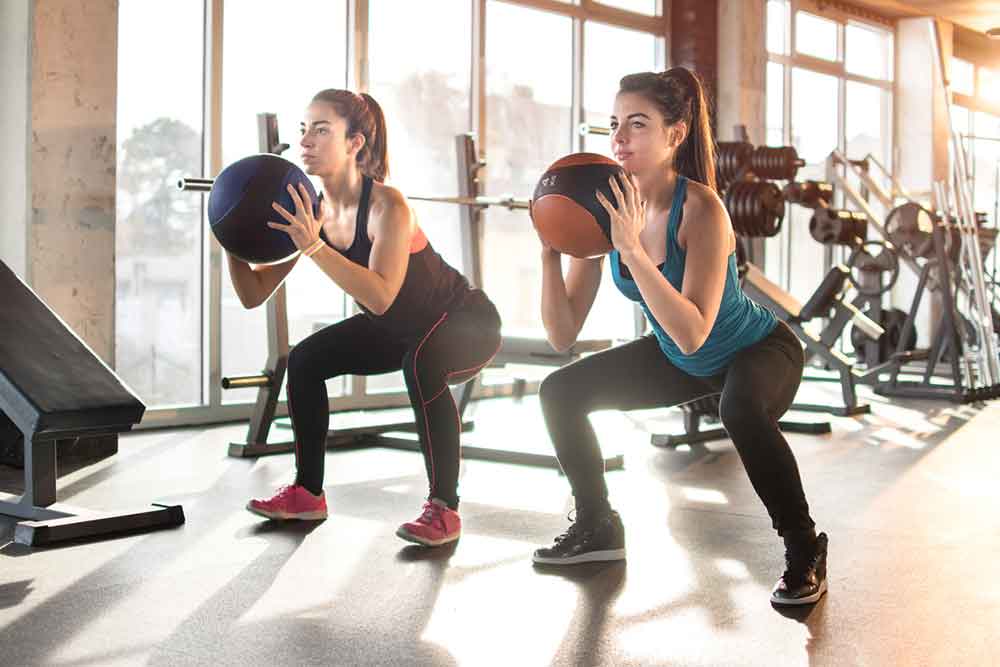Learning, Memory, & Decision Making

Julia C. Basso, PhD
Reporting from the 2017 Annual Society for Neuroscience Meeting
Making good decisions requires memory. Take for example, the hangover (maybe that some of us are experiencing today after the reunion with some of our favorite science colleagues). We remember that the previous heavy night of drinking brought on this unpleasant state. Therefore, in the next several days, we may make the decision to have a few less cocktails – inevitably the better decision. How is it that we learn from such experiences to make good decisions?
What Guides Our Decision-making Process?
 Dr. Daphna Shohamy and her colleagues at Columbia University in New York, NY are exploring just that. In her lecture today, Using Memory to Guide Decisions, Dr. Shohamy discussed how it is not a singular brain region, but rather regions of the brain interacting together that actually support learning and memory and guide our decision-making processes.
Dr. Daphna Shohamy and her colleagues at Columbia University in New York, NY are exploring just that. In her lecture today, Using Memory to Guide Decisions, Dr. Shohamy discussed how it is not a singular brain region, but rather regions of the brain interacting together that actually support learning and memory and guide our decision-making processes.
The striatum is one such brain region that supports learning and memory, specifically procedural and habitual memory. For example, the ability to learn and remember how to ride our bicycle (an action that is easy to do even if we haven’t attempted it in a long time) is dependent on the striatum. Additionally, our habitual behaviors, like remembering the route we take home on a daily basis is dependent on the striatum. The striatum learns over time, in a gradual way, and it assesses the average value or outcome to determine the best decision to take.
Related Article: The Process Of Movement Between The Brain And Body
Good Decisions When Faced With A New Problem
The problem, Dr. Shohamy pointed out, is that most decisions don’t work this way. In this ever-changing world, we are faced with experiences that we have never encountered before. We need to be adaptive. So, how is it, that we can make good decisions when faced with a new problem?
Enter the hippocampus, a flexible brain region involved in many cognitive processes including episodic memory, spatial navigation, and prospection or the imagining of future events. The hippocampus accomplishes all of these tasks by binding elements of both time and space, an area of extensive research that people like Drs. György Buzsáki and Howard Eichenbaum have been studying for decades.
Dr. Shohamy proposes that to understand how we make good decisions, we must look at the interaction between learning, memory, and decision-making. Traditionally, we’ve examined learning and memory systems in isolation, but Dr. Shohamy proposes that rather than looking at distinct systems, we should think about the interaction between these systems – in this case, the connection between the striatum and hippocampus.
Methods
To investigate the interaction between these systems, Dr. Shohamy uses a variety of different methods.
- First, she utilizes sophistical behavioral tasks.
- Second, she uses functional magnetic resonance imaging (fMRI) to probe the regions of the brain that are activated during behavioral performance.
- Third, she studies these things in patients who have damage to the striatum and/or hippocampus.
Using these strategies, Dr. Shohamy sought to determine whether you could link what people are learning to the way they make choices? It turns out that the answer is yes, and she showed this in several different paradigms including reinforcement and associative learning tasks! By using fMRI during the entire learning and decision-making process, you can see what areas in the brain are activated not only during the decision-making process but also during the learning that led to a particular decision.
At a behavioral level, she found that memory for an event guides decision-making. At the level of the brain, she found that the hippocampus and striatum work together to support learning and decision-making. In addition, the activation of these brain regions can actually be used to predict the behavioral outcome or decision.
Related Article: The Exercise Effect On Daydreaming
Different Populations & Different Stages Of Development
The Shohamy lab is also exploring how these decision making process are modulated in different populations and during different stages of development. For example, new work in the lab is showing that activation of the hippocampus during these decision-making tasks may be even more highly engaged during adolescents, a time period when reward processing is evolving. In additions, individuals who have compromised dopaminergic systems, such as those with Parkinson’s disease, show impairments in these decision-making tasks, with improvements coming on board when dopamine agonists are administered. Finally, in decisions that are more difficult to make (such as making a decision between two items that have a similar value (e.g., do I want a candy bar or an ice cream cone?)), the decision takes a longer time because the brain regions involved experience greater levels of activation.
Takeaway
This work excitingly shows that we use our past experiences to inform the decisions that we make in new situations. It also importantly highlights the idea that when thinking about learning, memory, and decision-making, we should study how the memory systems of the brain interact with one another rather than examining them in isolation.
Related Article: What Toxins Are Lurking In Your Brain?
You Might Like:















